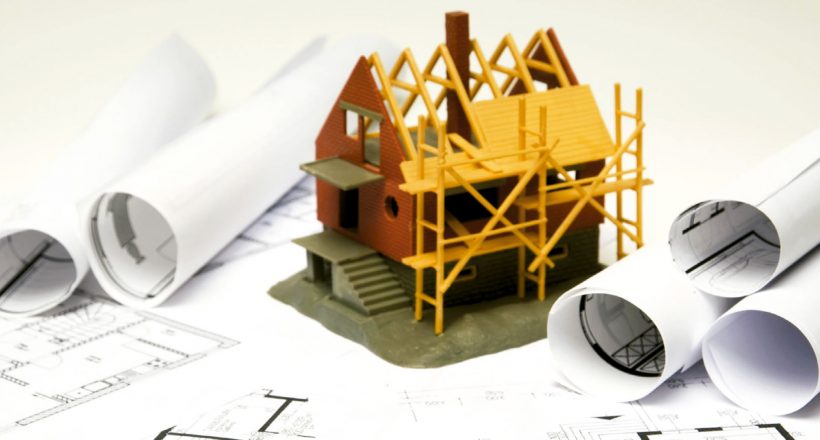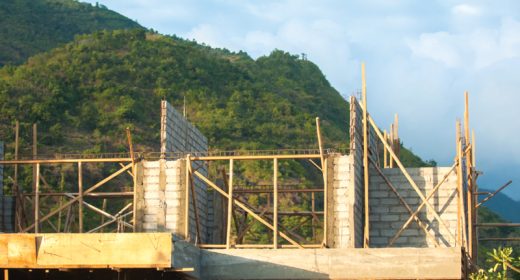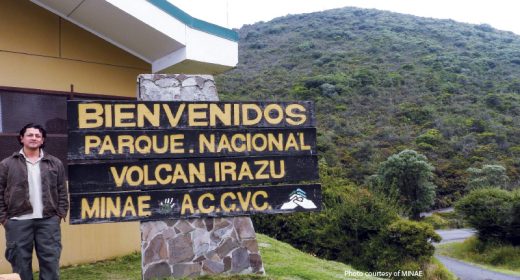
Building CR: From Dream to Reality
- JAN 05, 2018Warning: count(): Parameter must be an array or an object that implements Countable in /home/howlermag/public_html/old/wp-content/themes/new-paper/includes/general.php on line 193

Your Lead Paragrpah goes here
Building your home in Costa Rica is a unique process, quite different than what may be typical in your home country. At the same time, it’s relatively straightforward, requiring planning, documentation and the corresponding payment of fees and taxes. Understanding the process can save time, money and possibly headaches when dealing with the agencies involved, allowing you to better plan for your future dream home.
First, you need to find an architect or engineer you feel comfortable working with. This professional is not only going to design your home, but also be in charge of obtaining permits, inspecting all stages of construction, and overseeing the project from start to finish, working alongside your contractor. In Costa Rica, it is you who hires the building inspector. Your architect keeps a log of all building inspections and is liable for adherence to Costa Rican building codes.
Once you have determined which architect to work with, you can start the design of your home. If you are building in a gated community, make sure your architect has a list of any Covenants, Conditions & Restrictions (CC&Rs) and design restrictions in your development. When designing your home, there are many factors influencing the cost, function, sustainability, views and construction quality. I always advise clients to invest in certain design aspects to reduce future maintenance costs. These include a high-quality roof, windows and doors, and exterior paint and finishes on wood. Higher quality at the onset means fewer additional costs later on.
When designing a home to be as energy-efficient as possible, factors such as sun exposure, predominant wind direction and shading will help determine the best orientation and design. Cross-ventilation refers to the placement of windows and sliding doors so that wind flow can naturally ventilate the home. Certain roofing materials can dramatically reduce cooling costs due to their insulation and reflection of UV. Depending on location and other factors, using the ideal roofing material for your home can mean huge savings in future cooling and maintenance costs.
Once your home is designed, floor plans laid out, materials defined and blueprints completed, you are ready for the next step — gathering documents to obtain building permits. Your architect should help you with all the details. You will need a water certification letter and a uso de suelo (land use) document from the municipality. SERENA is a permit needed only if construction exceeds 500 square meters. Your blueprints must pass review by the CFIA (Costa Rican Association of Engineers and Architects), and be stamped prior to the permit process. Give yourself enough time to gather all these documents, as they can take days or weeks to obtain. Site studies will also have to be done, such as a drainage test (for septic system and foundation design).
Once you have all the documents, site studies and your stamped plans, you can officially submit them to the municipality. That’s when you must pay the corresponding taxes, representing 1% of the construction value. An INS construction insurance policy is also mandatory, and you will be asked for proof of payment. Once you meet all these requirements (or your architect does on your behalf), it’s a matter of sitting back and waiting for approval, which typically takes about two or three weeks. Once the permits are granted, you are free to start building your dream home!









